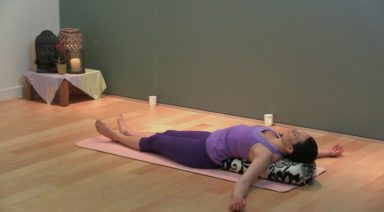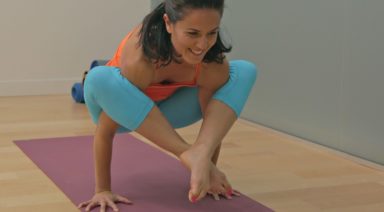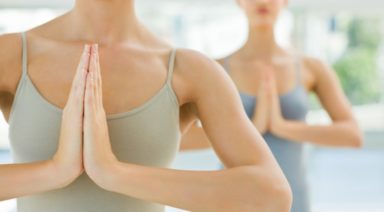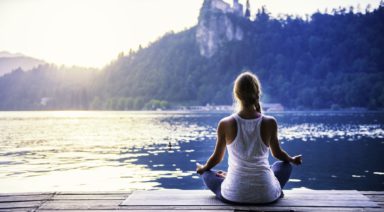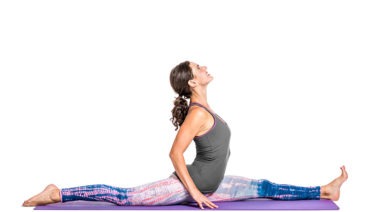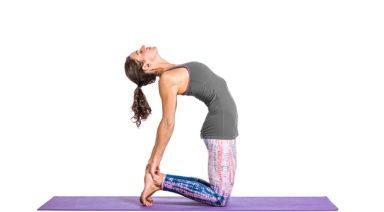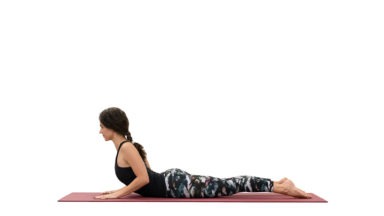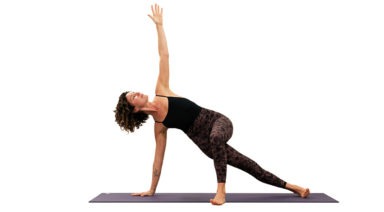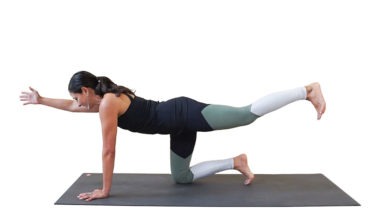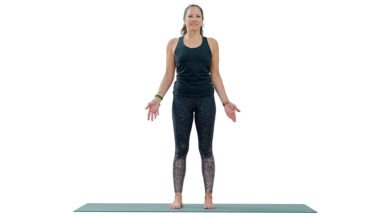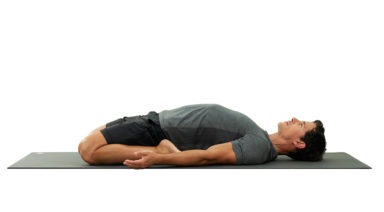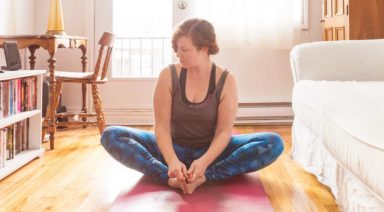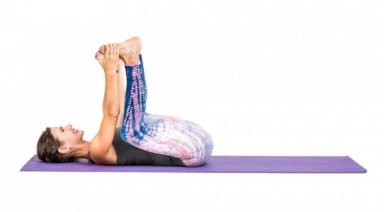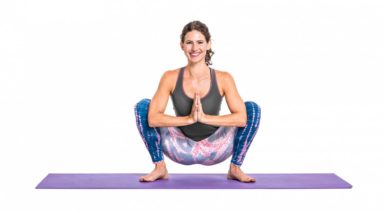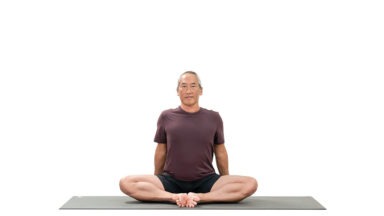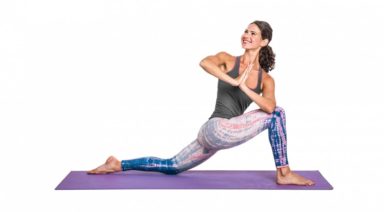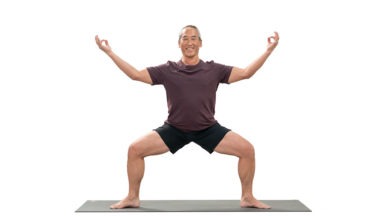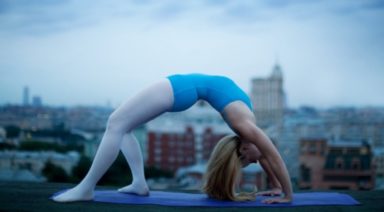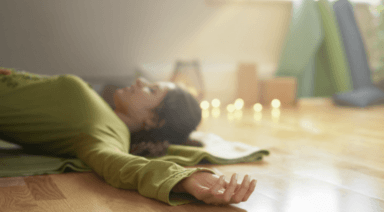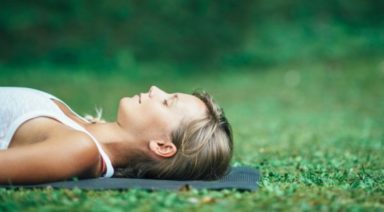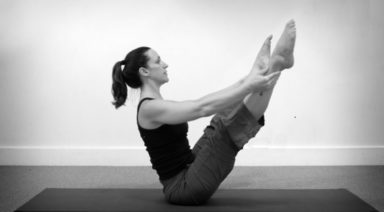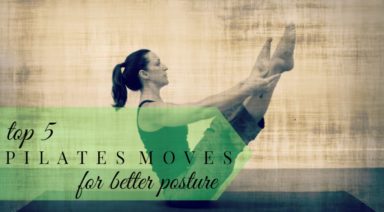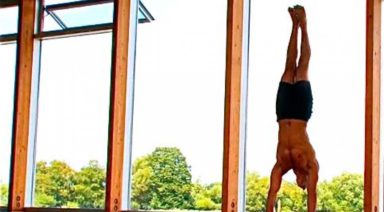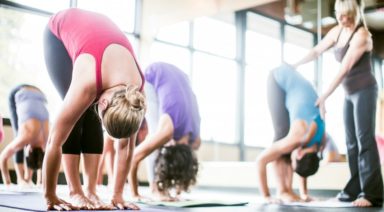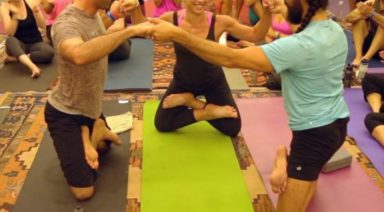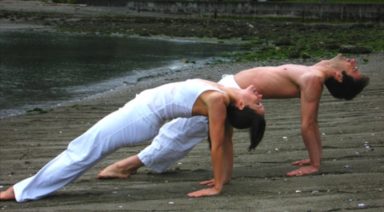How Yoga Can Help Improve Your Skin
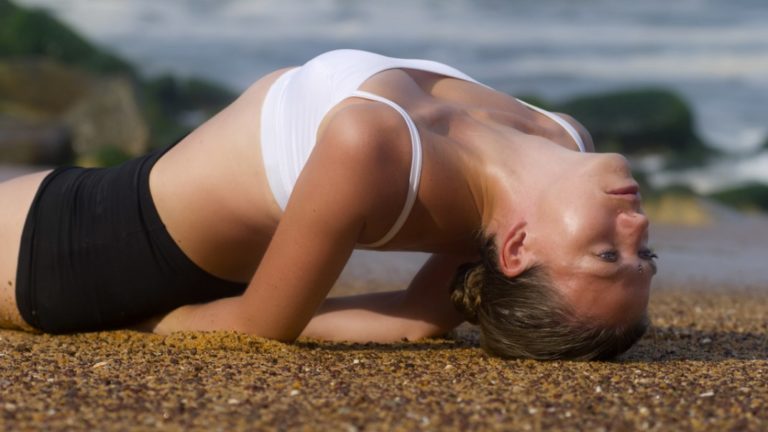
The skin on someone’s face is one of the first things we notice, so it’s only natural that we would desire healthy, beautiful skin. Sadly enough, our skin is also one of the first things to be affected by poor diet and stress. Beyond just covering up with makeup, or religiously applying face creams at night, there are other things that can be done to improve the look and feel of your skin.
Yoga is one of the most effective things we can do to help our skin to stay beautiful and glowing. There are a variety of different poses that will work to your advantage, each with different benefits, but first: what really causes your skin problems?
Skin problems and their causes
Acne is the bane of many individuals – it always seems to be a problem. Luckily, it tends to heal itself and, if treated properly, will not leave any lasting scars.
Oftentimes, a person’s health history has a lot to do with the way his or her skin looks now. If they spent a lot of time outdoors without proper sun protection, or smoked frequently, these things will probably affect their skin negatively.
A poor diet can also cause poor skin: leading to more breakouts and excess oil that clogs pores.
Yoga’s healthy skin benefits
What is yoga actually doing to help improve my skin? Yoga works to improve digestion and circulation. When your body has better blood flow, it naturally produces glowing skin.
Practice doing poses like wind-relieving posture and bow pose, and try alternating nose breathing. All of these practices will aid in digestion. Glowing skin comes with a digestion system that is working properly.
Other yoga poses, such as child’s pose, fish pose and shoulder stand, are also extremely effective in increasing blood circulation throughout your entire body – especially the face and brain – thus stimulating the skin.
Skin loses its elasticity easily, so it is also helpful to do facial exercise which will strengthen and tone the muscles in your face. Stretch your lips and massage your jaw and brows to relieve stress. This practice will also help you to gain elasticity in your face.
What else can I do to get beautiful skin?
Of course yoga is not the only way to improve the look of your skin! In addition to practicing yoga everyday as a regular part of your routine, there are several other habits you can implement into your life so that you can enjoy radiant skin:
1. Drink more water than you think you need. Water flushes out toxins and gives your skin a healthy, lustrous glow.
2. Aim for eight hours of sleep a night. Although this sometimes seems impossible, due to the busyness of life, by being sufficiently rested, you will also look awake and alert. Over time, this will affect the health of your skin in a positive way.
3. Consider getting facials at a spa as part of your regular routine. Facials work to rid your skin of impurities and help to produce a youthful, healthy glow.
By starting to incorporate yoga into your everyday life, you will begin to notice a big difference in the way your skin looks and feels. It will look younger, more vibrant and have a nice glow to it that others will surely notice. When done in unison with the other tips I’ve mentioned, you will be well along your way to having younger-looking skin in just a few weeks!
A 5-Minute Routine to Improve Your Posture
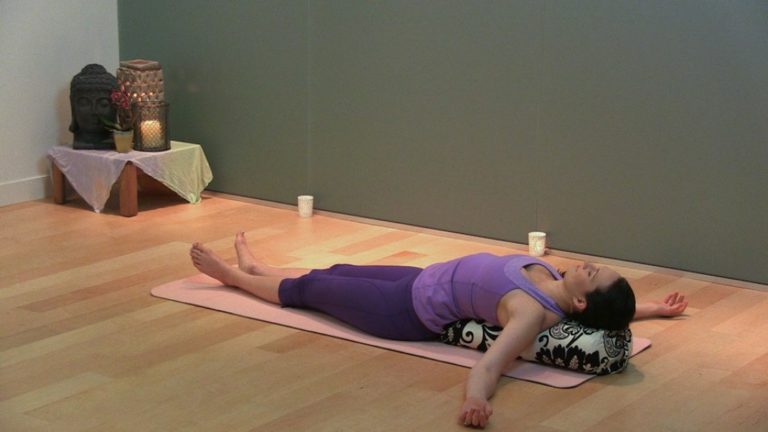
When we think of improving our posture we might think of holding the head high, or rooting evenly into our feet. Maybe we adjust the way we hold our pelvis or lift our chest to gain height. There is one area of our body that often gets neglected – our middle back or thoracic spine. Abused by hours of computer work or texting, our poor thoracic spine is an important part of spinal and full body mobility and when nurtured, can transform the way we hold our body.
A Closer Look at the Middle Back
The thoracic spine is made up of 12 vertebrae and starts at the bottom of the neck and ends at the bottom of the rib cage. Our 12 ribs attach at the back to the thoracic vertebrae and at the front to the sternum (with the exception of our lower “floating” ribs which do not attach at the sternum). Each vertebrae stacks on top of the next connecting via a facet joint which angles up and down. The angle of the joints in the spine affect the motion in each section. In the case of the thoracic there is the most freedom in rotation.
The Hunch
A common posture in the western world is a closed chest, which rounds the upper back. In turn this results in the chin jutting forward to keep our eyes level. The low back takes on additional load as the thoracic spine is no longer architecturally positioned to transfer load effectively from our upper body. Our shoulder range of motion is limited because the scapulae or shoulder blades have to alter their motion in relation to the rounded upper back and closed space at the front of the chest.
Simply spending five minutes a day sending a little love to our thoracic spine can have a trickle down effect improving our whole body alignment.
The 5-minute Thoracic Routine
Cat Cow on Elbows
Come onto your hands and knees, then lower onto your elbows, stacking your elbows under your shoulders. Inhale and lift your head, dropping your heart towards the floor. Exhale reverse the motion, leading with your head, send the space between your shoulder blades up towards the sky. Repeat 10-20 breaths.
Cat Cow Rotation on Elbows
From the same position as above, bring your forearms together in the centre of your mat. Place your right hand behind your head, lightly resting on your skull. As you inhale, twist open to the right, exhale back to centre. Repeat 10 breaths then switch sides, twisting open to the left.
Reverse Sit-up
Keeping your yoga mat rolled up, place it horizontal to your spine. Position yourself so that you are lying over your mat placed around the bottom of your shoulder blades. Support your neck with both hands (skip this one altogether if you have neck pain) and slowly do a tiny back bend over the mat then return to neutral. Slide down to the next vertebrae and repeat, back-bending ever so slightly over the mat. Repeat until you reach the top of the thoracic spine.
Chest Opener
Next turn your rolled mat so it is in line with your spine, the bottom of the mat at the bottom of your shoulder blades as you lie back onto the roll. If your chin is jutting up to the sky, place a small amount of height under your head (which should be supported by the rolled mat) to level out your spine. Open your palms and decide what feels better for your low back–knees bent, or legs extended. Then just breathe.
Walk Proud
Simply taking five minutes out of your day to give your mid-back some attention can go a long way to improving your posture and alignment. It may even relieve that achey feeling so many of us suffer from. Don’t be surprised if you feel a little funny at first–most of us aren’t used to being in alignment. Just enjoy your new open posture.



